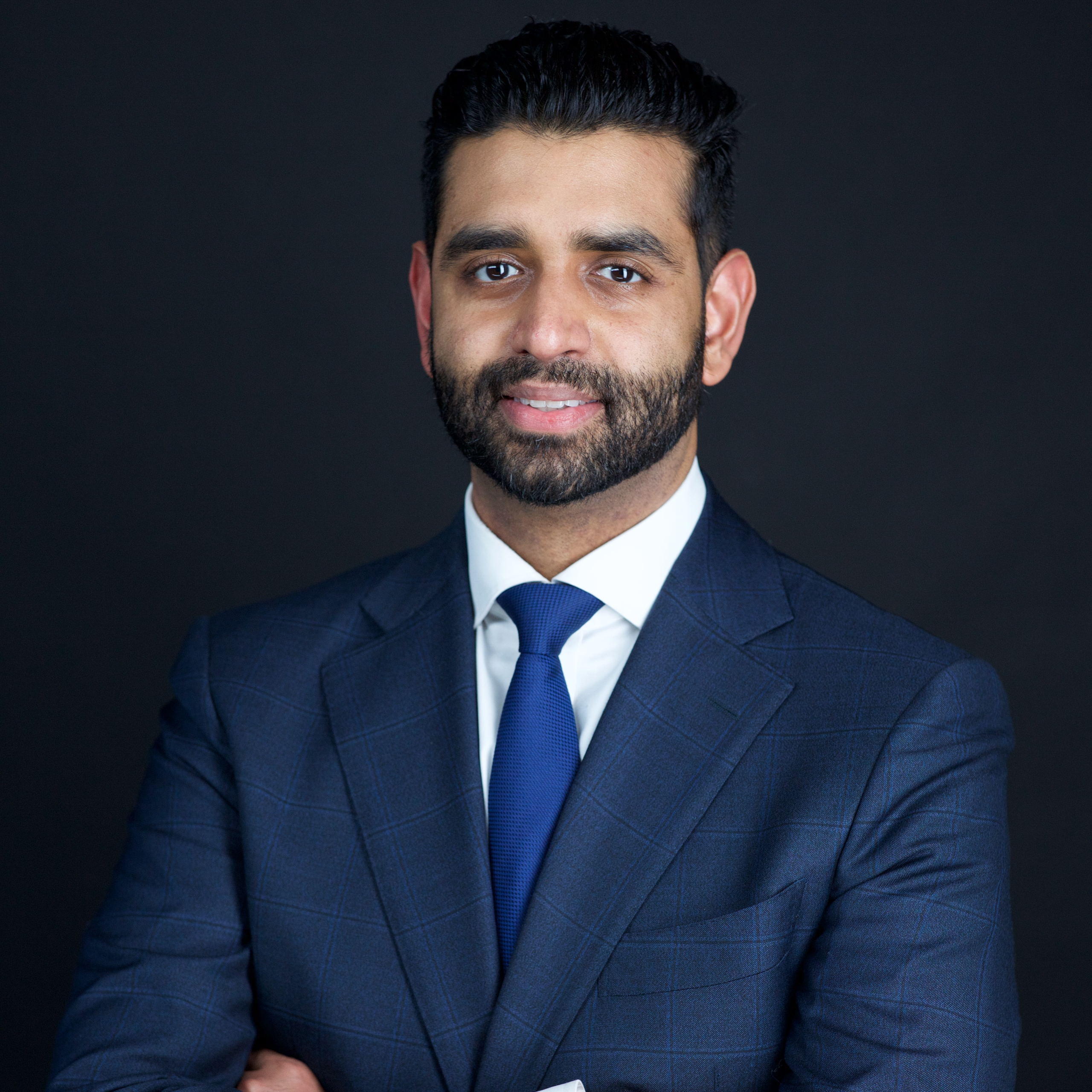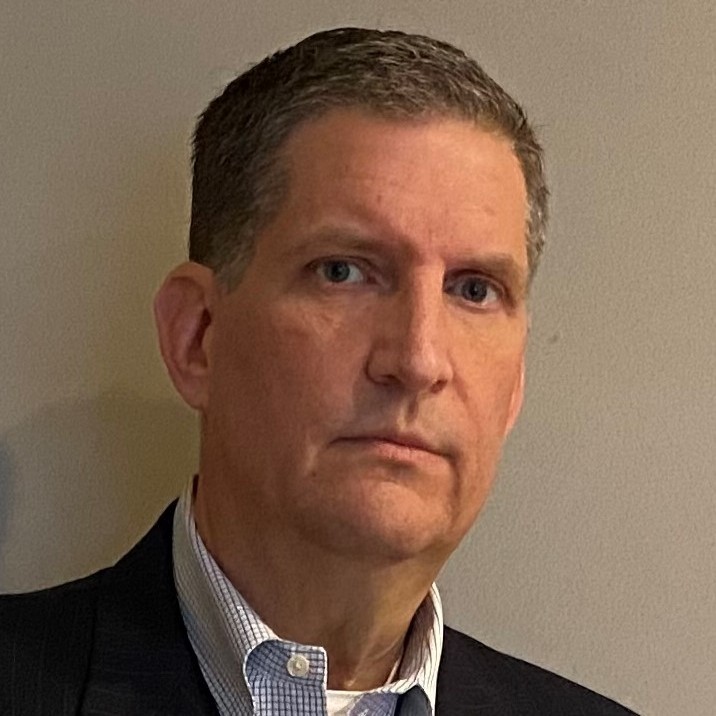Over the next two decades and beyond, our industry will witness the greatest transfer of wealth the country has ever experienced: the Great Wealth Transfer. From 2025 to 2048, $125 trillion will change hands, according to Cerulli Associates.
For wealth managers, this transfer represents both significant opportunity and peril. The former means boosting revenue and client assets in a way beyond simply reaching for organic growth. The latter means ceding hard won client assets to competitors.
Technology can play a pivotal role in both winning new business and retaining existing clients. Foremost in the coming years will be AI, which can customize portfolios, take meeting notes, highlight action points and improve client-advisor communications. It can also help advisors interpret client behavior patterns and anticipate future needs.
However, technology alone won’t get it done. The winning scenario occurs when advisors effectively use technology to enhance – not replace – their service. Only then can they seize the significant opportunities The Great Wealth Transfer offers the industry.
Who’s Up For Grabs?

According to the National Association of Plan Advisors’ 2024 Survey of Financial Professionals, advisors retain 78% of client relationships when a spouse inherits, and only 58% when children inherit.
According to Susan Theder, Chief Marketing and Experience Officer of FMG, the groups that are most likely to switch advisors are women, widows and Next Gen heirs.
Greg Bogich, CEO of AcquireUp, agrees, saying that these groups represent the “biggest flight risks for ultra-high net worth or mass affluent,” said “Often, they don’t know the advisor, and no rapport is a tough place to start. Bigger firms tend to lose them faster. And divorced clients are free agents in the transfer market, seeking something new personally and financially.”

But Hilda Wong-Doo, Founding Partner at GreenLine Consultants, said the real issue is relationships, not any particular demographic.
“Successful advisors are relationship people who can adjust their methods – human and technology – based on who they are working with,” she said. “Ideally, advisors and their firms begin developing trusting relationships with beneficiaries early on – well before the ‘Transfer.’”
‘Motion Sensors On Your Client Relationships’
Technology can produce useful tools to help advisors retain clients during wealth transfers.
“The key is building relationships with at-risk groups and ensuring they see your value through the main client,” said Theder. “Go beyond annual reviews and stay top of mind with segmented emails, relevant videos, and proactive insights.”
Bogich said technology allows advisors to see if their clients are starting to stray.

“The right tech is like motion sensors on your client relationships,” he said. “CRM alerts, email tracking, and website analytics show when someone’s wandering toward the door. Use that same data and other relevant insights to reintroduce yourself with something timely and relevant, like a caddie handing you the perfect club before you’ve said a word. Make every touch personal and empathetic.”
According to Ajmal Hachim, Vice President of Berkshire Global Advisors, advisors should look for tech solutions that offer “a smoother client experience. Additionally, implementing technologies that ultimately provide access to the investment products the newer generations are interested in are key.” He names insurance, digital assets, and trusts and estates among these products.
To GenAI Or Not GenAI
Generative AI like OpenAI’s ChatGPT and Google’s Gemini have certainly captured the public’s imagination, but aren’t necessarily the best solution for client retention, according to Hachim. “Tools that allow advisors to communicate with clients in a more seamless and compliant way or an interactive platform clients can use to view their portfolios will be key in building trust.”

“Generative AI will help deliver segmented emails, personalized videos, and timely insights at scale, but website and social are just as critical,” said Theder. Advisors using platforms combining AI and automation can deliver “a strong digital presence, keep content relevant, proactive, and consistent ensuring at-risk groups see their value and stay engaged.”
“The real magic comes when AI integrates with quality first-party data, making every touchpoint feel personal, whether it’s a text, an email, or a coffee invite,” said Bogich.
Winning Clients From Competitors
Advisors seeking to go on the offense and win clients from unprepared competitors can leverage technologies to do that, but more importantly, need to develop their capabilities to present a good defense.
“Tech-savvy competitors are rolling out the digital red carpet with hyper-personalized outreach, slick onboarding, instant scheduling and content that speaks to your client’s life,” Bogich said. “If your process feels like checkers, they’ll switch to someone playing chess.”
Theder warned, “Competitors can target at risk groups with personalized content and frictionless digital experiences including planning tools, investment monitoring, and instant onboarding. Using social listening, data mining, and AI-driven recommendations, they can also position themselves as forward-thinking and easy to work with. Without a strong tech and relationship strategy, advisors risk losing relevance — and assets — overnight.”
According to Wong-Doo, advisors that succeed in winning over clients should make sure their onboarding process is much easier than the client’s previous advisor. She adds reassurance for advisors facing competition during wealth transfers: “The current advisor has the edge as there is already an existing relationship.”
Blending Humans And Tech
The winners will not emerge in a Hollywood-style battle between humans and AI, but rather from those who create and implement the optimal blend and interaction of people with AI tools.
“The most important part is the human element,” Hachim said. “Technology only gives humans the ability to do things more efficiently. At the end of the day, to convert a client, advisors need to be able to build trust with prospects. You do this by demonstrating industry expertise and an understanding of your prospects’ needs.”
Bogich agrees.
“Tech sets the stage; humans win the room,” he said. “Use tools to listen better, surface life events, and keep promises on time. Then bring empathy, context, and judgment — things no model truly owns. Marry precision with presence, and clients feel advised, not processed. That’s how relationships and assets survive the handoff.”
Theder concluded: “Ultimately, emotional intelligence will outweigh technology, but long-term success requires both.”
Larry Roth is CEO of Wealth Solutions Report and Founder and Managing Partner of Ascentix Partners.














